I really recommend reading ingredient listings. If you are already keep it up. I know it can be both confusing and time consuming.
Sugar can be hidden under many names.
Here is a list of a few that you can look for:
- Corn syrup
- High Fructose Corn Syrup
- Golden syrup
- Cane sugar
- Invert sugar
- Dextrose
- Evaporated cane juice
- Malt syrup
- Molasses
- Maltodextrin
- Brown Rice Syrup
- Fruit Juice concentrates
- Anything ending in -ose for example lactose, glucose, sucrose, fructose
Don't be fooled. Sugar is sugar in your body and it doesn't matter what it's called on a label.
Would you like to know more about sugar in the foods that you eat? Contact Jill, Nurture The Future's Registered Dietitian at [email protected].


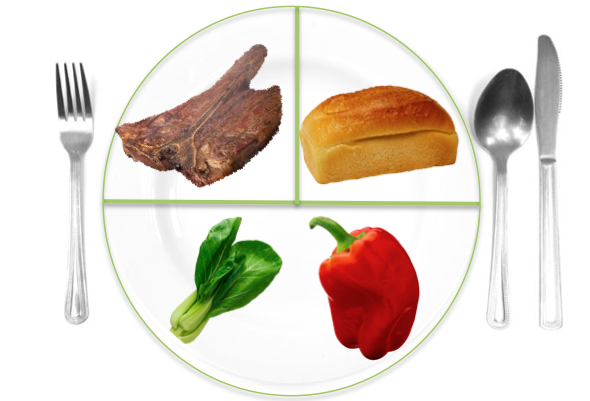
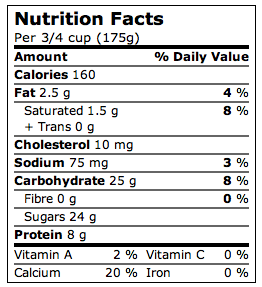
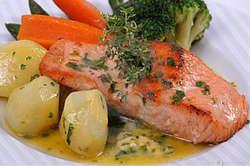
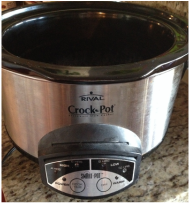

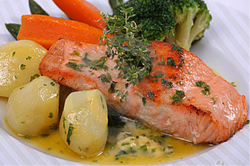

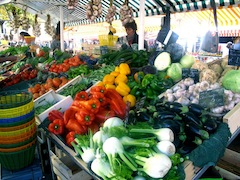

 RSS Feed
RSS Feed

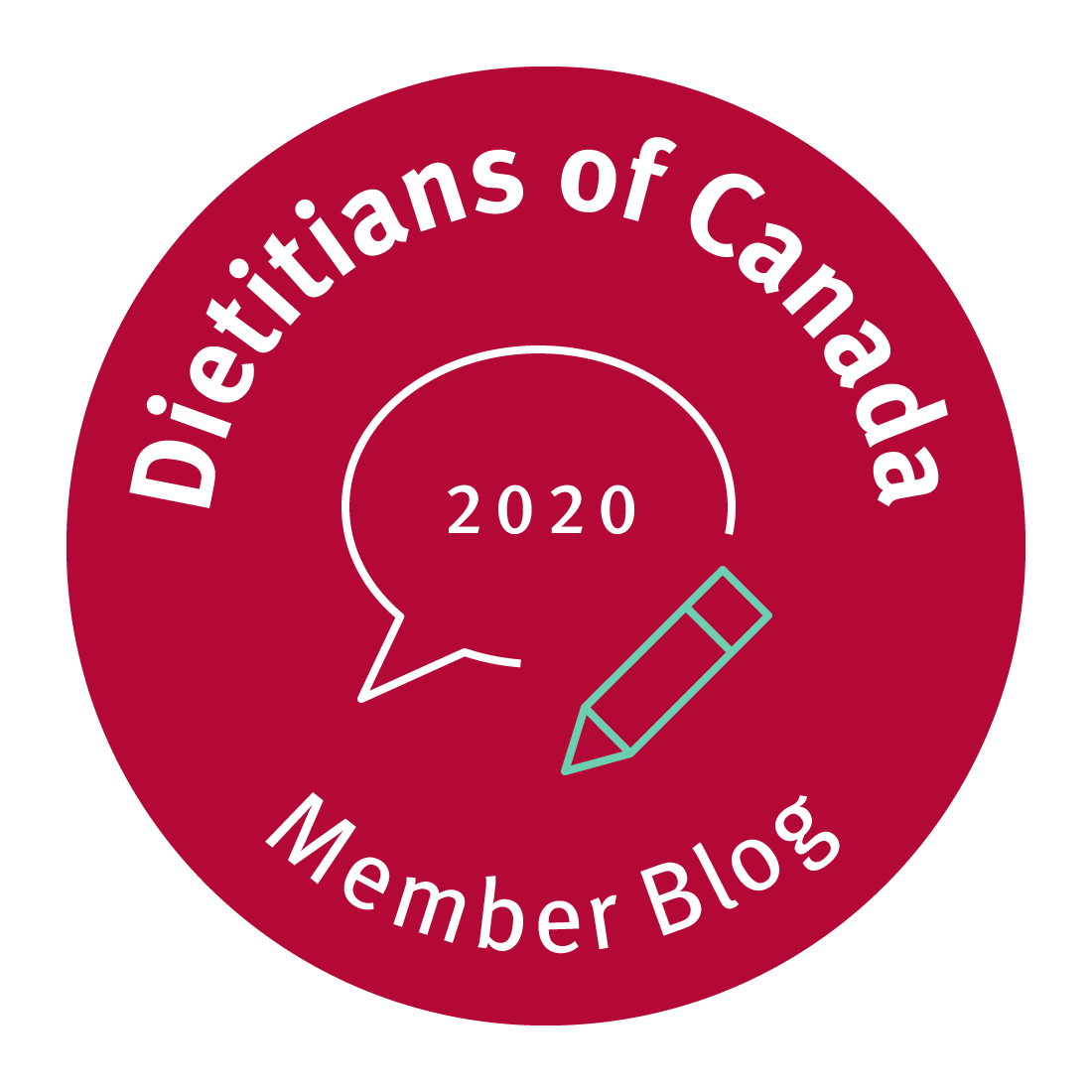.png.aspx?width=150&height=150)
